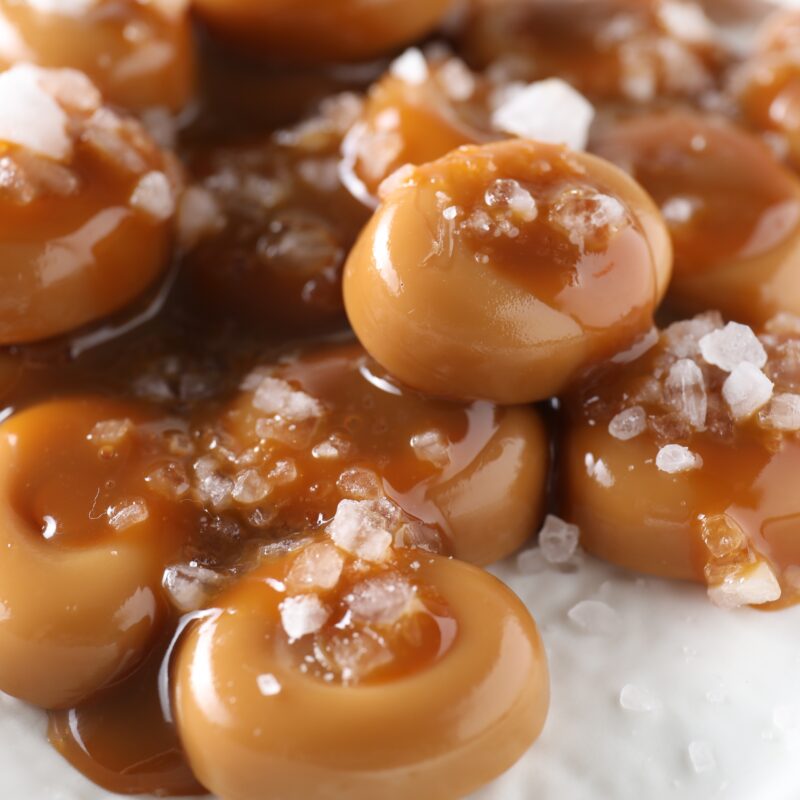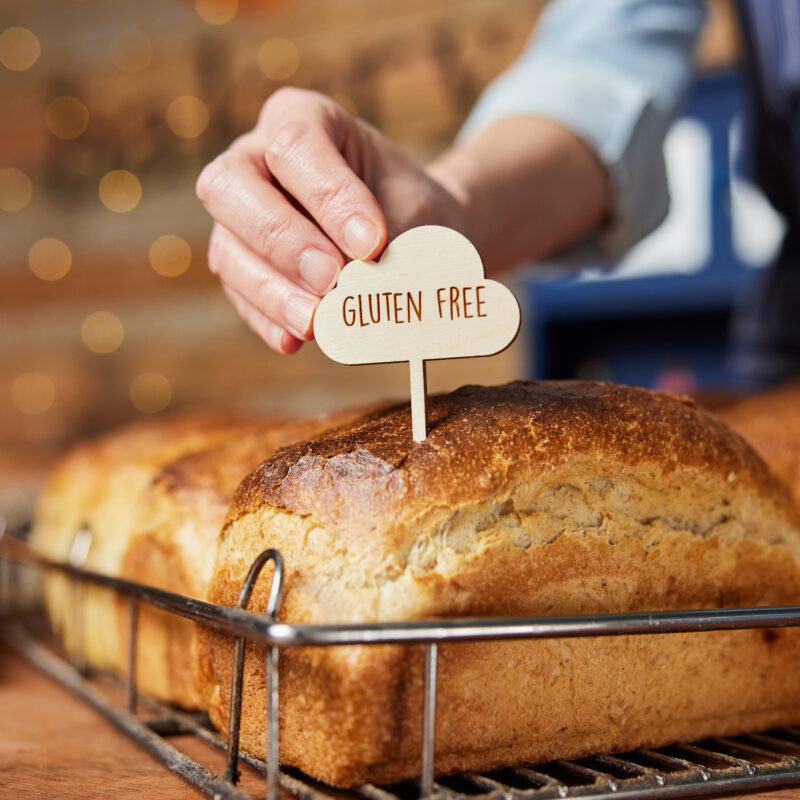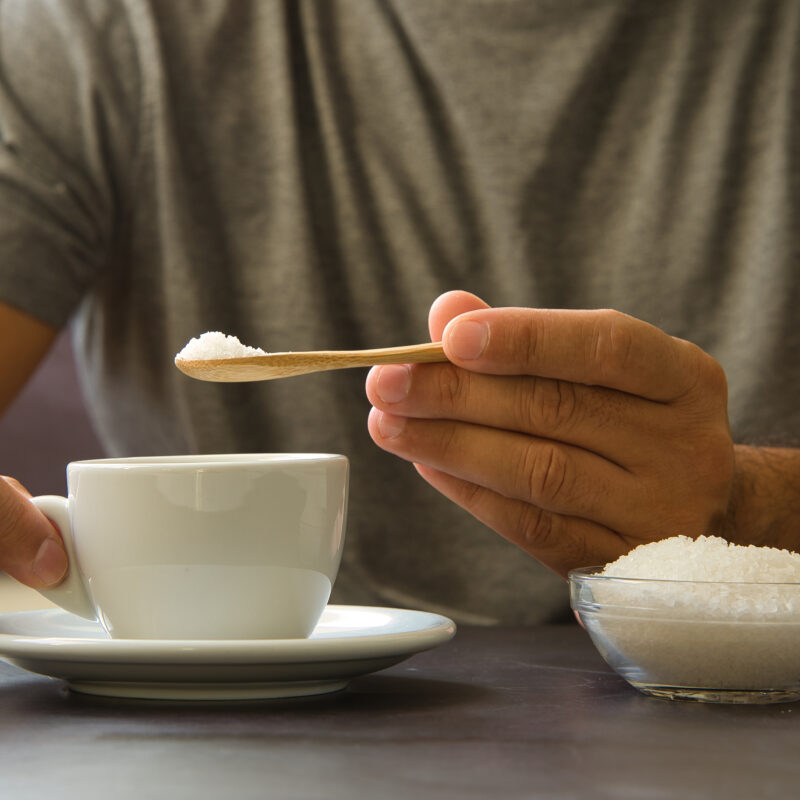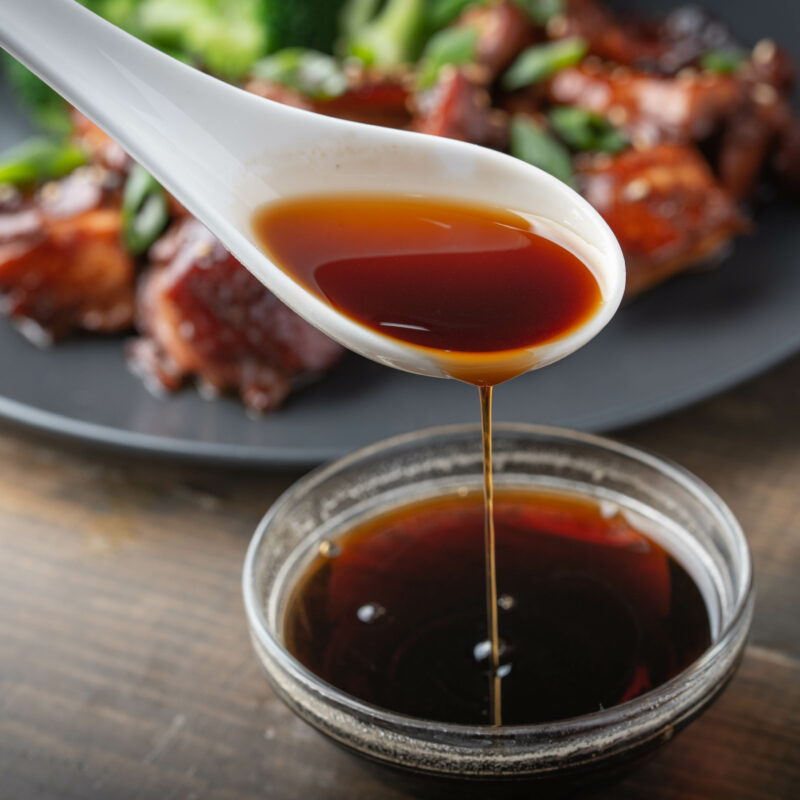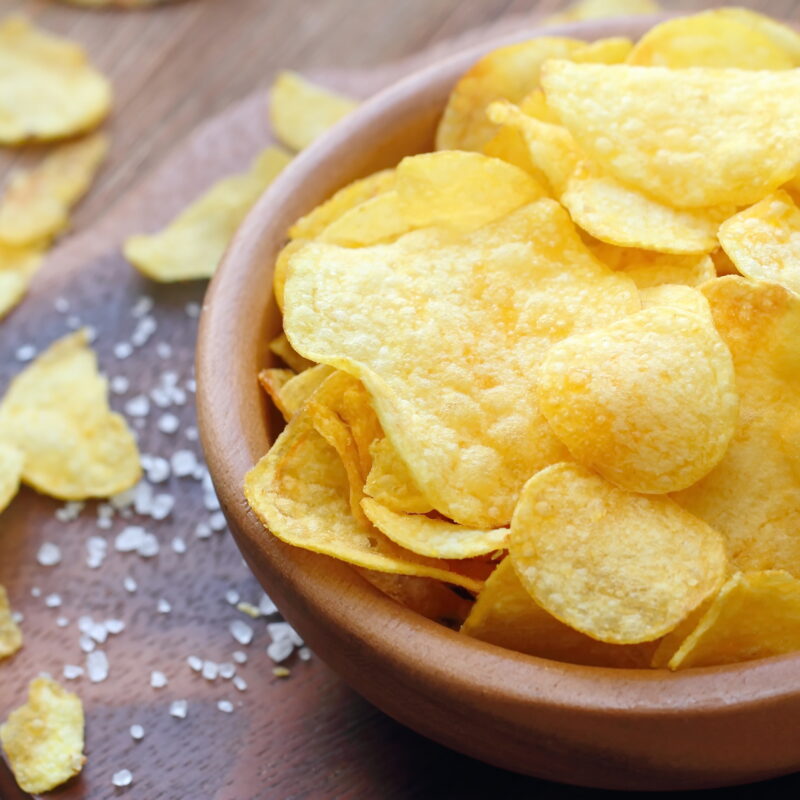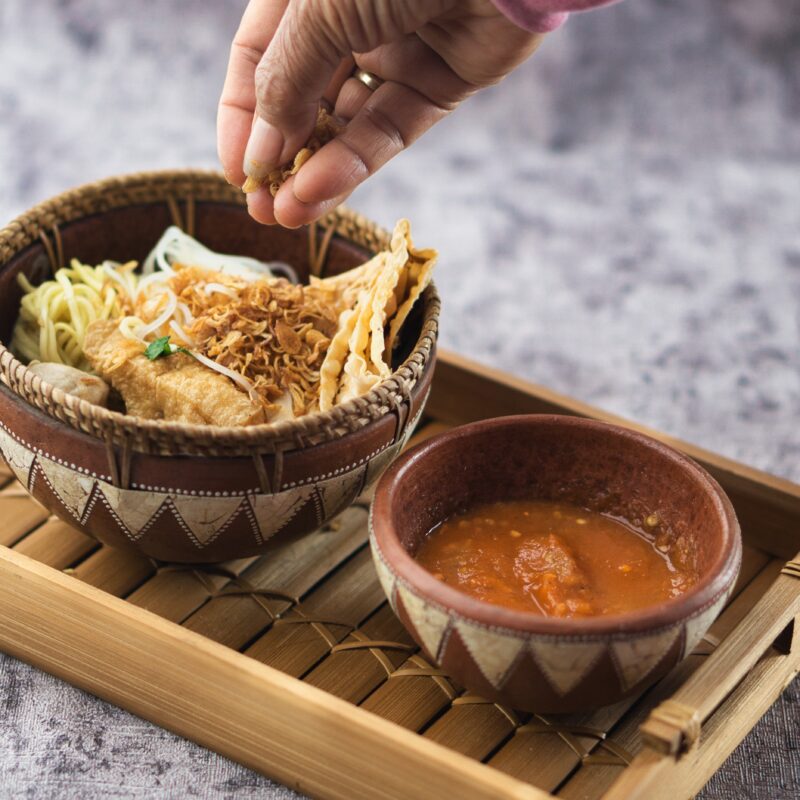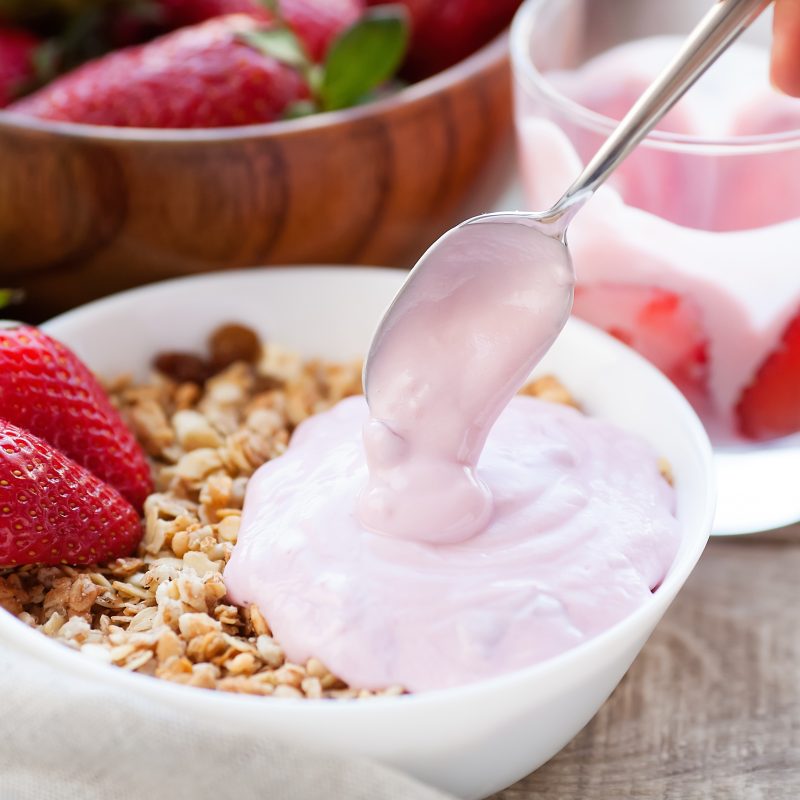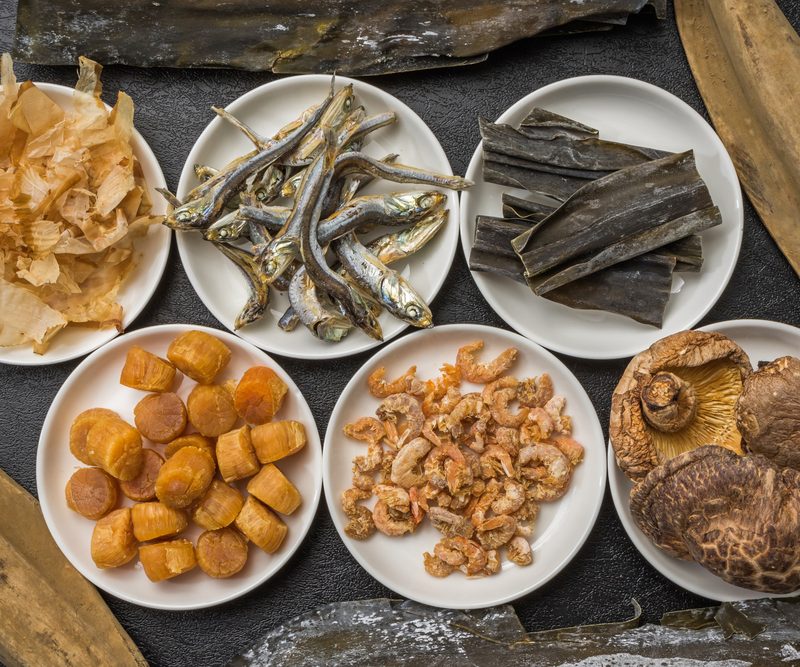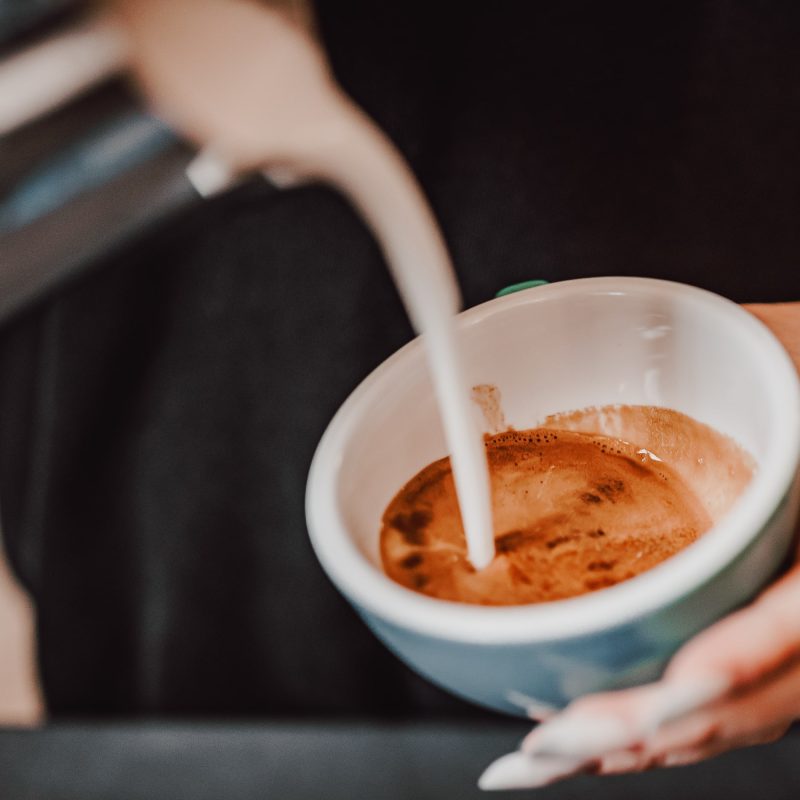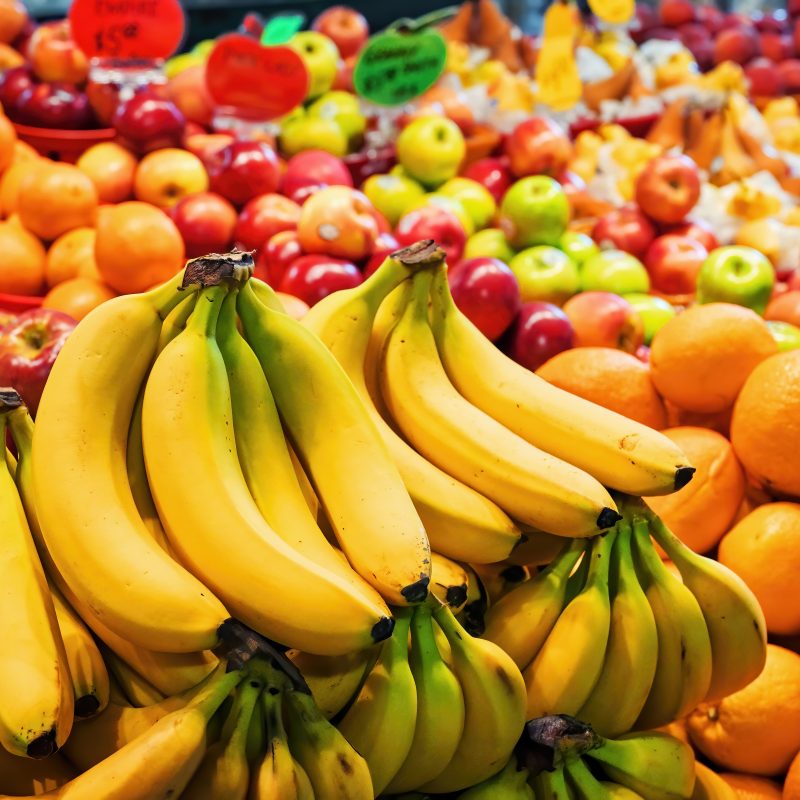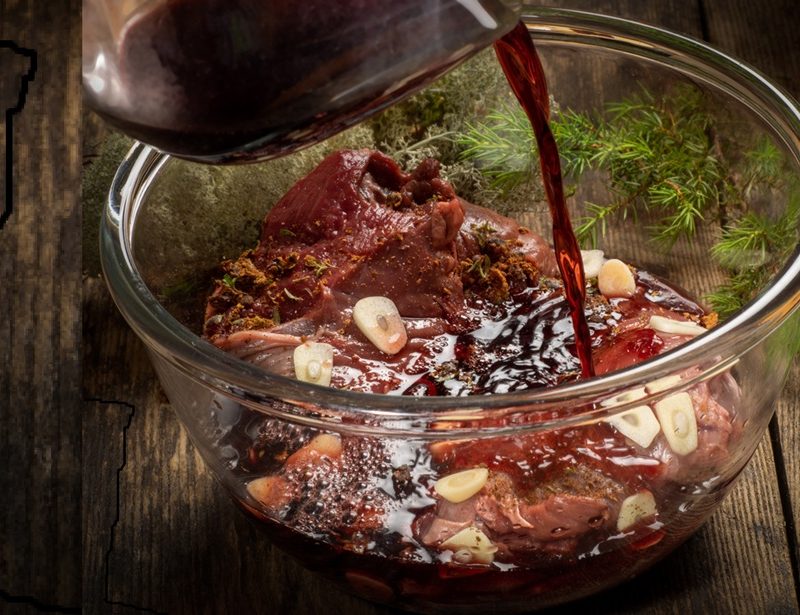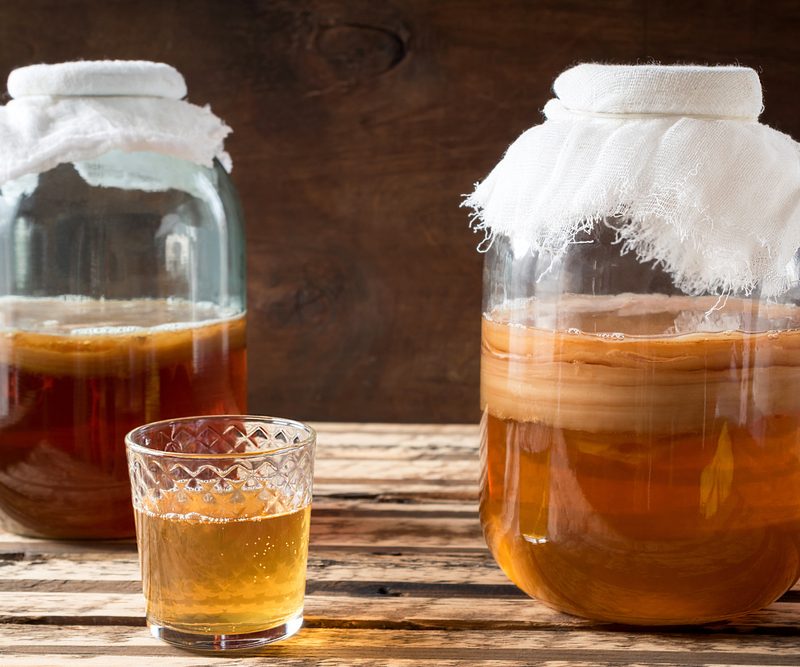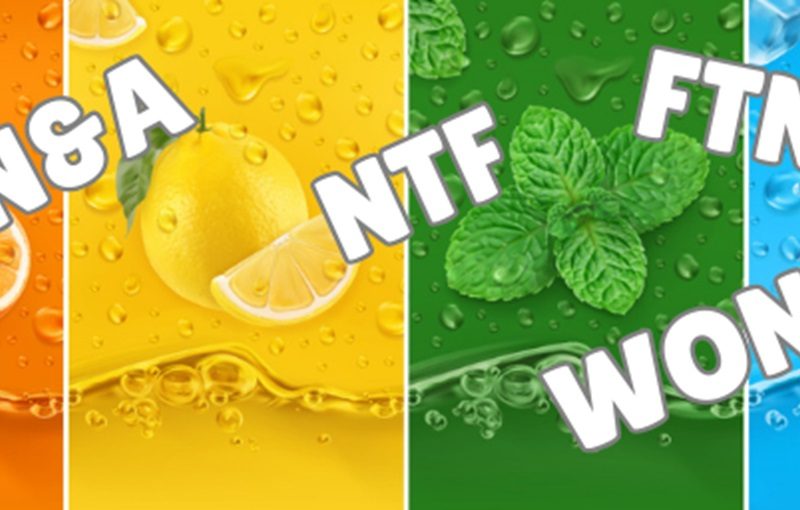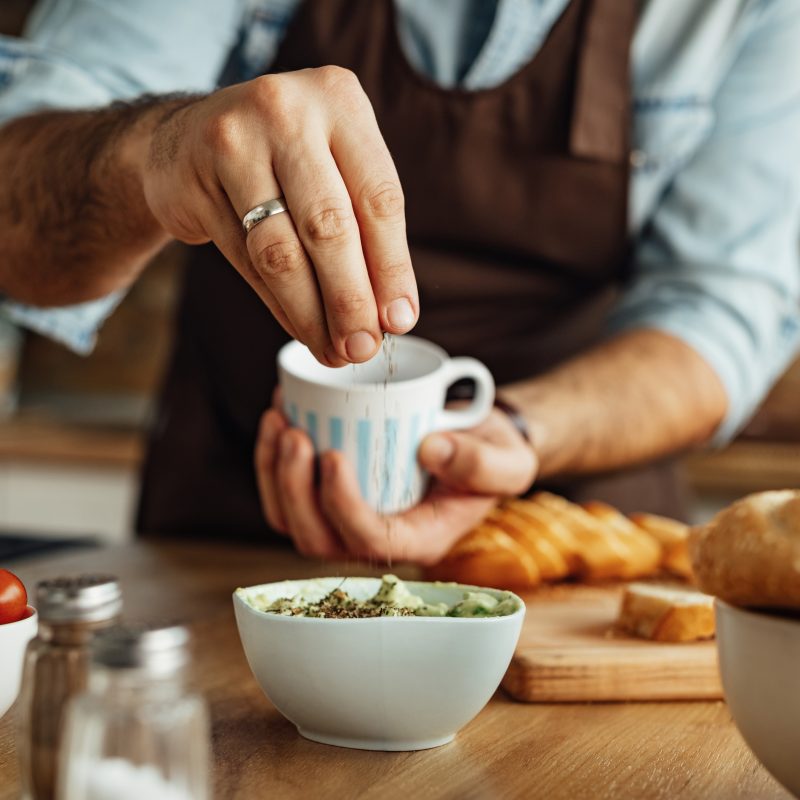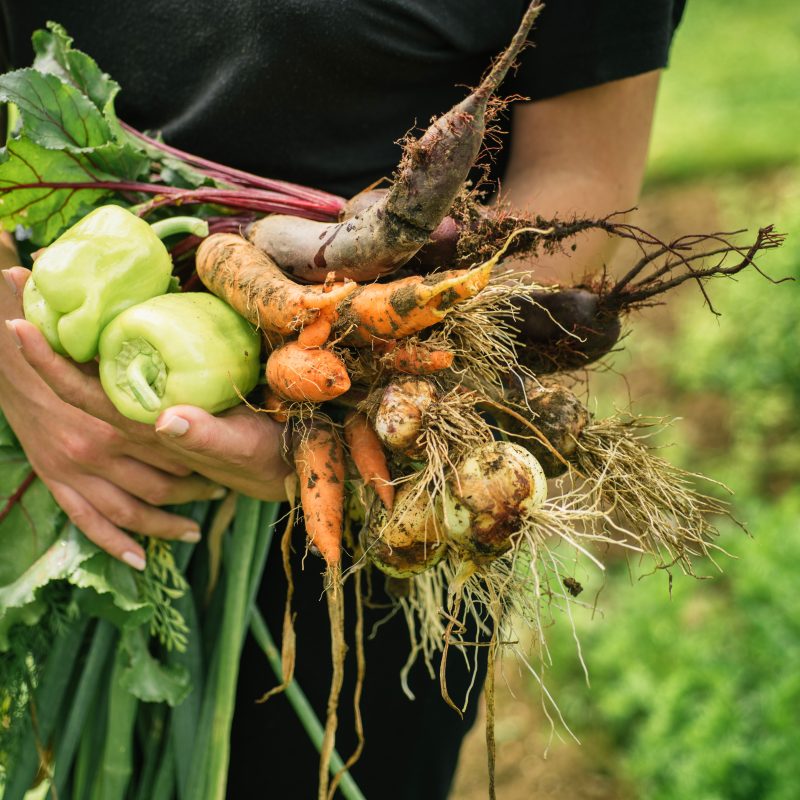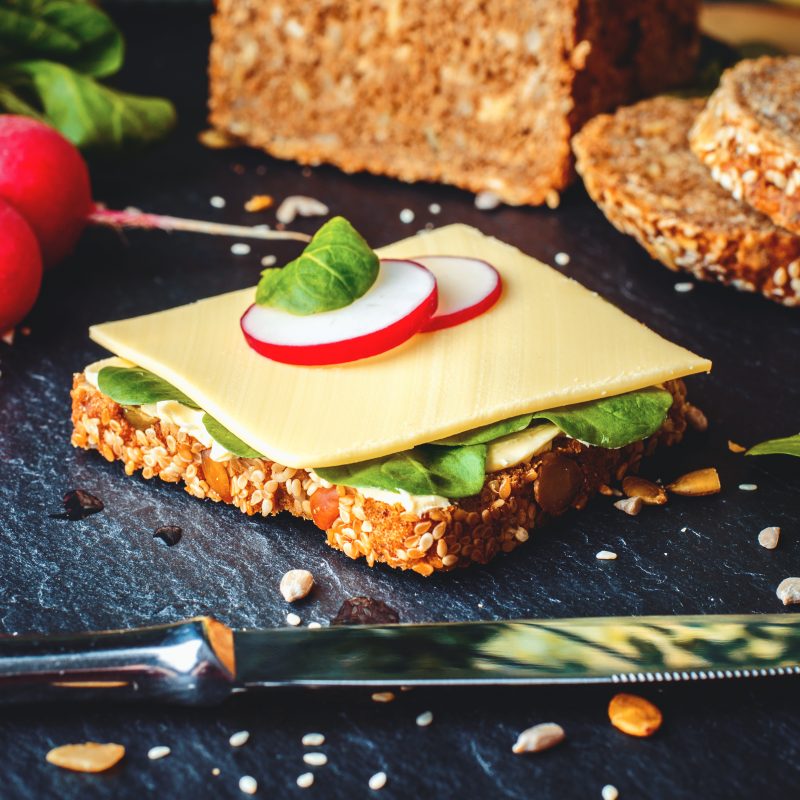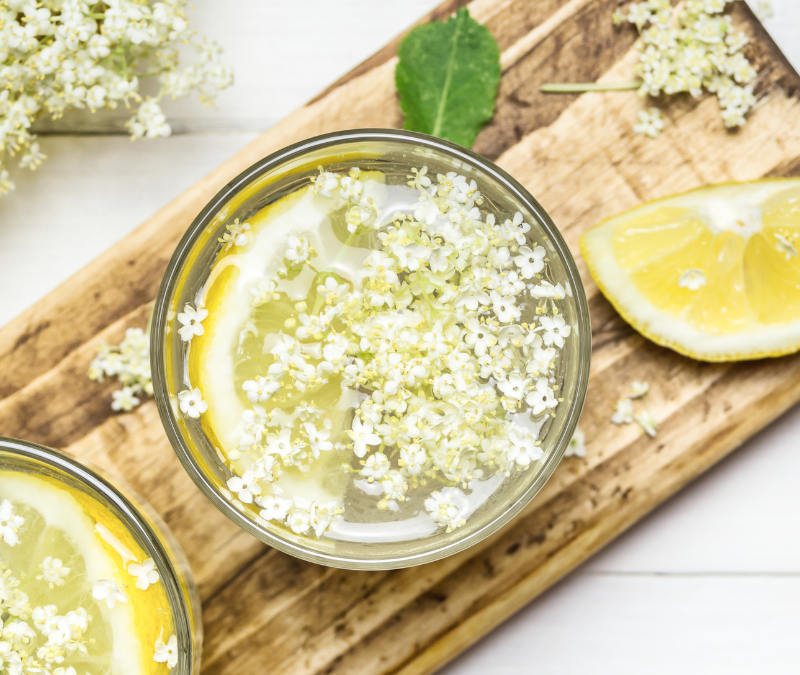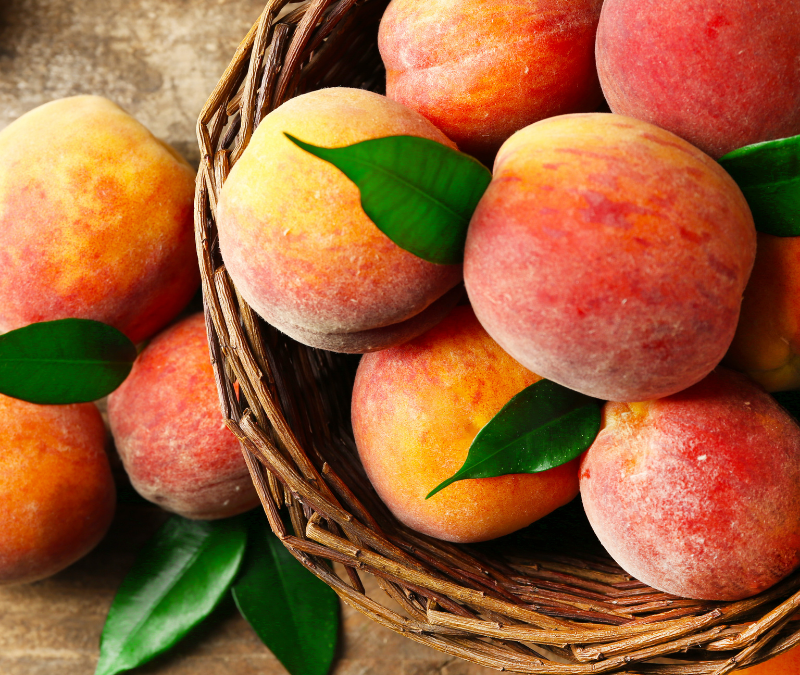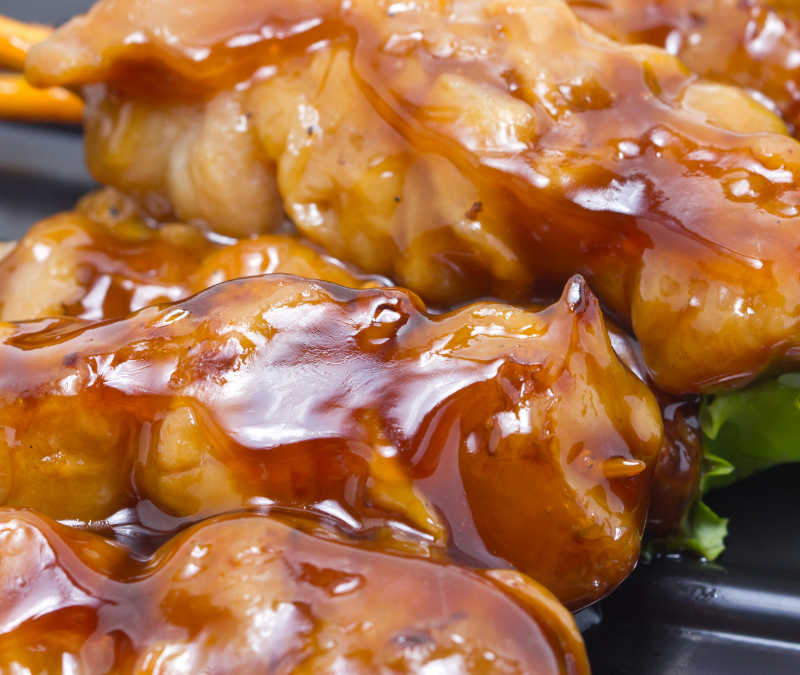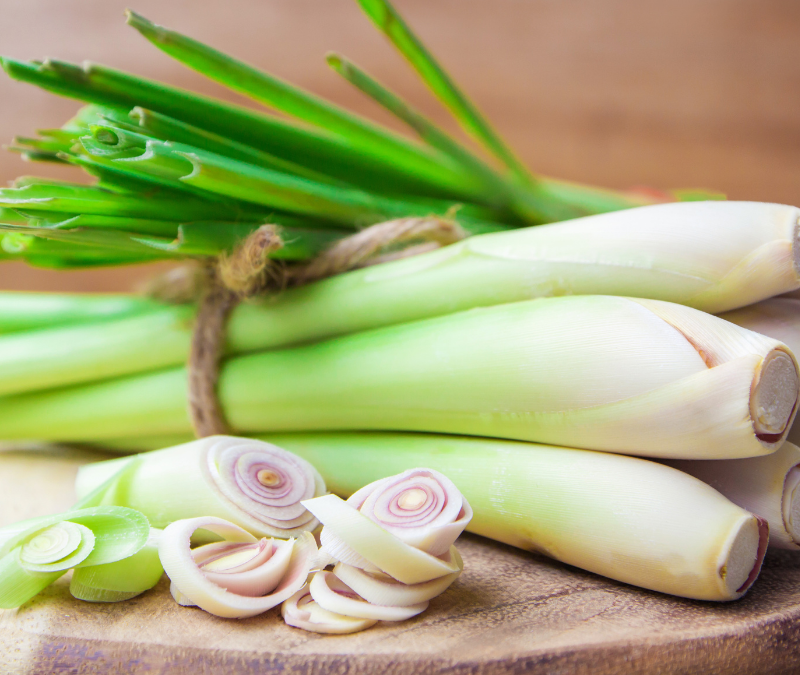Why Flavor Volatility Matters
When you take a sip of freshly brewed coffee or bite into a perfectly ripe strawberry, it’s not just taste buds at work — it’s chemistry in motion. The burst of aroma that hits your senses is known as flavor volatility.
It comes from compounds that are fleeting, delicate, and constantly on the move. This phenomenon is a key driver of how we experience flavor in every bite or sip.
For food and beverage manufacturers, understanding and controlling flavor volatility can mean the difference between a product that delights consumers from first taste to last — and one that falls flat.
That’s where the expertise of a flavor company for food manufacturers becomes essential. At Trilogy Flavors, our scientists combine chemistry, sensory insight, and innovation to ensure flavors are not only vibrant at launch, but remain stable throughout a product’s shelf life.
In this article, we’ll unpack what flavor volatility really means, why it matters so much in taste perception, and how science-backed strategies can help manufacturers manage it for consistent, market-winning results.
What Is Flavor Volatility?
At its core, flavor volatility refers to how quickly and easily certain flavor compounds evaporate or change under different conditions. Many of the aromas and taste notes we enjoy in food come from volatile compounds — small, lightweight molecules that escape into the air and travel to our nose, where they interact with our olfactory receptors.
This is why aroma plays such a powerful role in taste perception. In fact, up to 80% of what we think of as “taste” is actually smell, and that sensory magic is driven largely by volatile compounds. Without them, coffee wouldn’t smell rich and complex, chocolate wouldn’t have its deep cocoa notes, and herbs wouldn’t carry their fresh, green scent.
In contrast, non-volatile compounds remain stable within the food, contributing to taste sensations like sweetness, saltiness, or bitterness but without a strong aroma. The balance between volatile and non-volatile compounds is what gives each product its unique flavor profile.
For food and beverage manufacturers, understanding the science behind flavor volatility is crucial. Some compounds release quickly for an immediate sensory impact, while others are designed to linger and build complexity over time.
A skilled flavor company for food manufacturers can adjust formulations to control how — and when — these compounds are released, ensuring that every product delivers the intended sensory experience from the first bite to the last.

Factors That Influence Flavor Volatility
Flavor volatility doesn’t happen in a vacuum — it’s shaped by a combination of physical, chemical, and environmental factors. Understanding these variables is the first step in predicting and controlling how a product’s flavor behaves over time.
1. Temperature
Heat accelerates the evaporation of volatile compounds, which is why a steaming bowl of soup smells so inviting. However, in manufacturing, excessive heat during cooking, pasteurization, or baking can cause delicate aroma notes to vanish before they reach the consumer. Conversely, low temperatures can suppress volatility, making flavors seem muted until the product warms up.
2. pH Levels
The acidity or alkalinity of a food can change the stability and solubility of flavor compounds. For instance, citrus flavors may be more stable in acidic environments, while certain herbal or savory notes can fade faster if the pH shifts during processing.
3. Processing Methods
Drying, fermentation, high-pressure processing, and thermal treatments all affect how volatile compounds behave. Some methods preserve delicate notes, while others can cause flavor degradation or even generate new — sometimes unwanted — aromas.
4. Packaging and Storage Conditions
Exposure to oxygen, light, or moisture can trigger chemical reactions that alter volatility. For example, oxidation can dull fresh flavors or create off-notes. Packaging designed with barrier protection can help lock in volatile compounds until the moment of consumption.
A skilled flavor company for food manufacturers considers all these variables when designing formulations, selecting stabilizing ingredients, and choosing technologies to protect flavor integrity throughout a product’s life cycle.
Additional Reading: The Dynamic Interplay of Flavors and Colors in Food and Beverage
The Role of Flavor Volatility in Sensory Experience
When it comes to enjoying food, our senses work together — but flavor volatility is the quiet conductor orchestrating the entire experience. Volatile compounds are released into the air the moment a product is opened, poured, or bitten into.
These molecules travel to the olfactory receptors in our nose, triggering complex aroma signals that our brain blends with taste and texture information from the tongue and mouth.
First Impressions Matter
The initial burst of aroma, driven by highly volatile compounds, sets the stage for flavor expectations. A fresh loaf of bread smells warm and inviting because certain compounds are released immediately upon slicing. In beverages, the “pop” of aroma when opening a bottle can be just as influential as the first sip.
Pacing the Flavor Journey
Not all volatiles behave the same way — some release instantly, while others emerge more slowly, creating a layered sensory experience. For example, a well-crafted fruit beverage might deliver bright top notes at first, followed by mellow, lingering base notes that round out the flavor profile.
The Link to Perceived Freshness
Products with optimal flavor volatility often taste fresher, more vibrant, and more authentic. Poor volatility control, on the other hand, can result in flat-tasting products, even if the ingredients are high quality.
For manufacturers, mastering flavor volatility is about more than aroma chemistry — it’s about crafting a predictable, consistent sensory journey that consumers come to trust. This is where a flavor company for food manufacturers like Trilogy can help, using both sensory expertise and advanced analytical tools to fine-tune how flavors are released and perceived.

Managing Flavor Volatility in Food Manufacturing
In food and beverage production, flavor volatility can be both a creative tool and a potential challenge. The key lies in controlling when and how volatile compounds are released, so the consumer’s sensory experience matches the product developer’s vision — every time.
1. Thoughtful Ingredient Selection
Not all flavor compounds are equally stable. Choosing raw materials with the right volatility profile for the product format is critical. For example, flavors in shelf-stable beverages need to withstand heat treatment, while frozen foods benefit from compounds that bloom upon reheating.
2. Stabilization Technologies
Techniques like microencapsulation, spray drying, and emulsification can protect delicate volatile compounds until the moment they’re needed. These technologies also help prevent premature flavor loss during processing, transport, and storage.
3. Process Control
Adjusting manufacturing parameters — such as temperature curves, mixing speeds, and pH adjustments — can preserve aroma compounds that might otherwise degrade. Even small tweaks in these variables can have a major impact on the final flavor profile.
4. Packaging Innovation
Oxygen-barrier films, light-blocking materials, and moisture-control systems can lock in volatile compounds, ensuring the flavor stays consistent from production to consumption.
This is where a flavor company for food manufacturers like Trilogy truly shines. Our scientists don’t just design great-tasting flavors — we engineer them to perform in your specific processing environment.
By combining chemical analysis with sensory testing, we create formulations that release aroma and taste exactly when your customers expect them to, preserving quality from the production line to the dinner table.
Industry Applications: Where Flavor Volatility Really Counts
While flavor volatility plays a role in every food and beverage product, its impact is especially pronounced in certain categories. In these cases, understanding — and controlling — volatility isn’t just a quality boost; it’s a competitive advantage.
Beverages
From sparkling sodas to fruit juices, beverages rely heavily on volatile compounds for their aroma impact. Carbonation, pasteurization, and bottling can all influence how quickly these aromas dissipate. A carefully crafted formulation ensures that the first sip tastes as vibrant as the first whiff.
Savory Foods
Soups, sauces, and ready meals depend on a balanced release of savory volatiles for richness and depth. Heat processing can strip away delicate notes like fresh herbs or citrus zest, making protective formulation essential.
Bakery and Confectionery
Baking temperatures can drive off top-note aromas like vanilla or fruit essences before the product even leaves the oven. Stabilizing these flavors ensures that the aroma hits the consumer when they open the package, not just in the bakery.
Dairy and Plant-Based Alternatives
In dairy and dairy-alternative products, fat content interacts with volatile compounds, often holding onto them longer and releasing them more slowly. This can be an advantage or a challenge depending on the intended sensory profile.
In every one of these categories, partnering with a flavor company for food manufacturers like Trilogy means having access to flavor chemists who understand not just what compounds to use, but how they’ll behave in the real world. The result? Products that deliver consistent, appealing flavors from production to consumption.
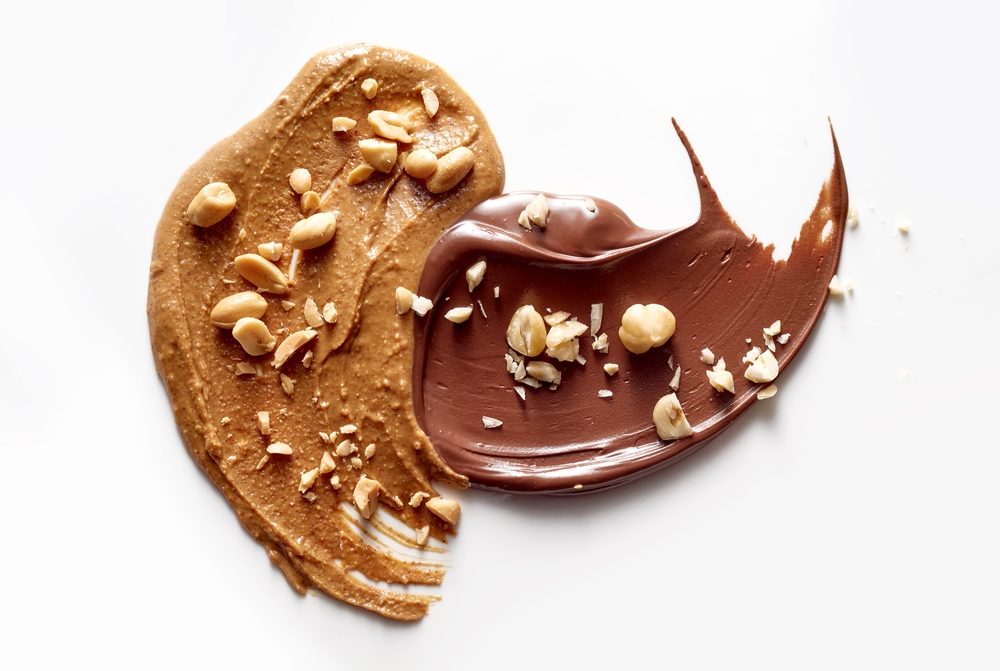
Challenges in Balancing Flavor Volatility
While flavor volatility is essential for creating an engaging sensory experience, it’s a delicate balance. Too much volatility, and the flavor can peak too early, leaving the product tasting flat over time. Too little, and the product may seem muted or dull right out of the package.
1. Loss of Key Aroma Notes
During processing, heat and mechanical action can cause volatile compounds to escape before the consumer ever experiences them. This is particularly challenging in products requiring extended cooking or pasteurization.
2. Overpowering Release
On the opposite end, some volatiles can be released too aggressively, creating an unbalanced or overwhelming aroma. This can be off-putting in subtle flavor profiles where harmony is key.
3. Shelf Life Stability
Even after a product is packaged, volatiles can degrade or oxidize over time. Without careful stabilization, the sensory quality at the end of shelf life may differ drastically from the original formulation.
4. Product-to-Product Consistency
Large-scale manufacturing demands that every batch taste the same. Small variations in ingredient quality, processing conditions, or packaging can shift volatility, creating noticeable differences for the consumer.
These challenges highlight why many manufacturers turn to a flavor company for food manufacturers with proven expertise. Trilogy Flavors applies precise analytical tools and real-world testing to predict and control volatility, ensuring the intended flavor profile stays consistent from production to final consumption.
How a Scientific Flavor Partner Can Help
Mastering flavor volatility requires more than a basic understanding of food chemistry — it demands a combination of scientific precision, sensory expertise, and practical manufacturing knowledge. That’s why working with a trusted flavor company for food manufacturers can be the difference between “good enough” and truly market-leading flavor performance.
At Trilogy Flavors, our scientists take a data-driven approach to flavor development:
- Advanced Analytical Tools – Using methods such as gas chromatography–mass spectrometry (GC-MS), we can identify and measure volatile compounds with incredible accuracy. This allows us to predict how they will behave under specific processing and storage conditions.
- Tailored Formulations – We don’t just design great-tasting flavors; we engineer them to suit your exact product format, process, and target shelf life. Whether it’s a sparkling beverage, a ready meal, or a plant-based yogurt, we develop profiles that release aroma and taste exactly when intended.
- Real-World Testing – Beyond the lab, we run trials in conditions that mimic your production process. This ensures our flavors perform consistently from the first batch to the millionth.
- Collaborative Problem-Solving – Our R&D team works directly with your product developers to fine-tune volatility, balance sensory impact, and solve stability challenges before they reach the market.
The result? Products that deliver the same vibrant, appealing flavor every time your customers take a bite or sip — no surprises, just reliability and consumer satisfaction.
Additional Reading: What to Expect Partnering With a Flavor Company

Conclusion
Flavor volatility may be invisible to the eye, but its impact on taste and aroma is undeniable. From the first whiff of a freshly opened package to the lingering notes after the last bite, it shapes the entire sensory journey.
For food and beverage manufacturers, understanding and controlling volatility is essential to delivering consistent, high-quality products that consumers love — and return to again and again.
Partnering with a flavor company for food manufacturers like Trilogy means you don’t have to leave this complex science to chance. Our expertise in formulation, stabilization, and sensory performance ensures your products taste exactly as intended, no matter the process, packaging, or shelf life.
Let’s create flavors that perform beautifully — from production to plate. Contact Trilogy Flavors – talk with us today to discover how our science-driven solutions can elevate your products and protect their sensory appeal.




